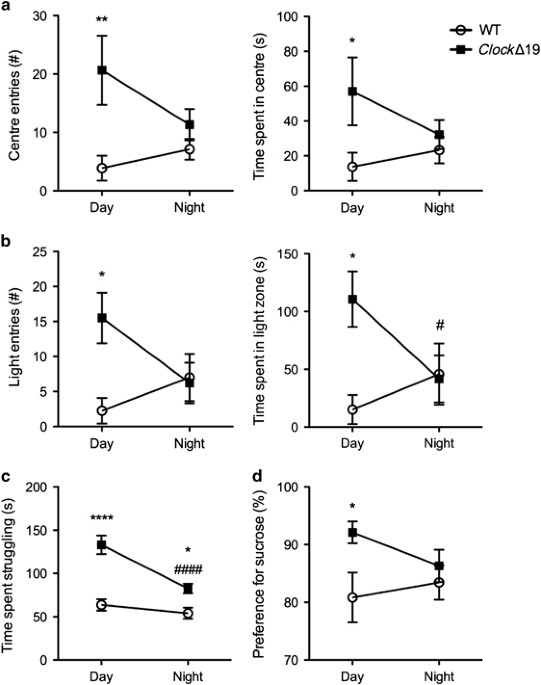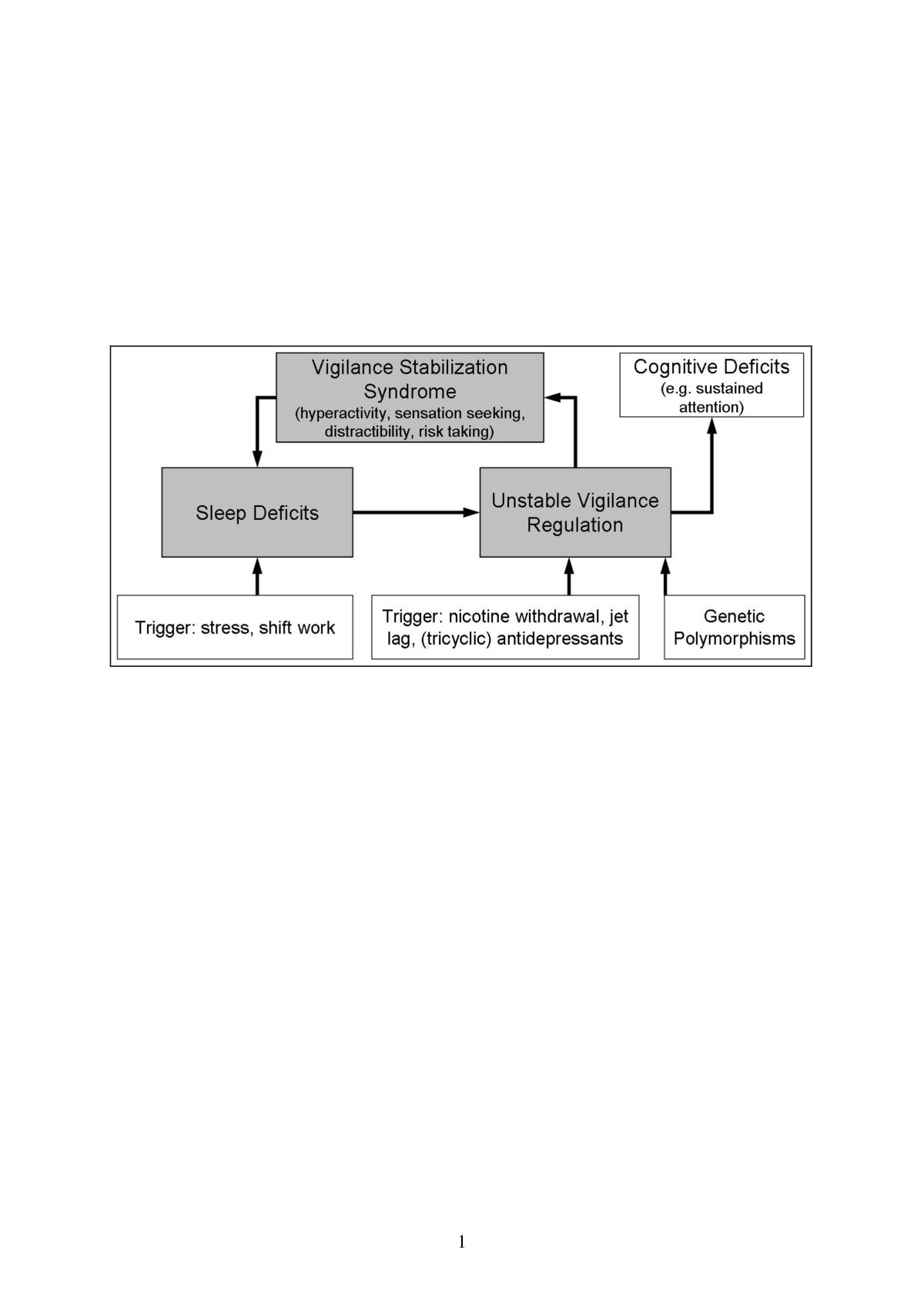Trieb
New Member
- Joined
- May 4, 2022
- Messages
- 4
- Reaction score
- 5
Hi SDN! Longtime lurker here. I recently came across this article from the NYT Magazine and I'm curious what this forum thinks. It describes "peer respite" centers where patients evidently receive something akin to short-term, acute "inpatient" care from other individuals with history of mental illness. The facilities are unlocked with no MDs or psychologists involved. They take a philosophy that explicitly rejects the disease model of psychosis and accepts hallucinations as a nonpathological aspect of human experience:
I wasn't aware that facilities like this exist. I was also struck by the article's tone, which was strongly critical of biological psychiatry, implying that antipsychotics are mostly ineffective and laden with side effects:
A few questions for discussion—are any of you familiar with peer respite centers and what do you think about them? Would inpatient psychiatry stand to gain from incorporating more of the "[neuro-]diversity" framework for mental illness seemingly advocated here? Personally, I sympathize with efforts to make psychiatric admissions less coercive and traumatic, but I instinctively feel skeptical about the notion of depathologizing psychosis.
As a medical student, I'm also curious how legitimate are some of these claims re: antipsychotic medications. And, more generally, does the cultural pendulum seem to be swinging away from biological psychiatry? This feels like one of many instances of anti-psychopharm sentiment I've seen in the public discourse lately.
Doctors Gave Her Antipsychotics. She Decided to Live With Her Voices.
The people who stay at Afiya are in dire need; many are not only in mental disarray but also homeless. Many are suicidal. There are no clinicians on staff, no security personnel, only people who know such desperation firsthand. In the living room, a homemade banner declares: "Holding multiple truths. Knowing that everyone has their own accurate view of the way things are."
For Mazel-Carlton, one of the groups’ most essential tenets is that there must be no disabusing anyone of a personal reality. Unlike on a psych ward or in many a psychiatrist’s office, unusual beliefs are not monitored, corrected, constrained.
I wasn't aware that facilities like this exist. I was also struck by the article's tone, which was strongly critical of biological psychiatry, implying that antipsychotics are mostly ineffective and laden with side effects:
Yet the evidence that the medications improve outcomes is murky. And it is countered by other studies suggesting that maintenance on the drugs may actually worsen outcomes and even cause brain atrophy, though these findings have been debated. The area is devoid of conclusive science, a failure that is a prominent part of a wider problem in biomedical psychiatry: its lack of progress in treating serious conditions, or even precisely diagnosing and comprehending them.
[...]
Present methods can do damage and undermine outcomes not only through psychotropic side effects, and not only through the power imbalances of locked wards and court-ordered outpatient care and even seemingly benign practitioner-patient relationships, but also through a singular focus on reducing symptoms, a professional mind-set that leaves people feeling that they are seen as checklists of diagnostic criteria, not as human beings.
A few questions for discussion—are any of you familiar with peer respite centers and what do you think about them? Would inpatient psychiatry stand to gain from incorporating more of the "[neuro-]diversity" framework for mental illness seemingly advocated here? Personally, I sympathize with efforts to make psychiatric admissions less coercive and traumatic, but I instinctively feel skeptical about the notion of depathologizing psychosis.
As a medical student, I'm also curious how legitimate are some of these claims re: antipsychotic medications. And, more generally, does the cultural pendulum seem to be swinging away from biological psychiatry? This feels like one of many instances of anti-psychopharm sentiment I've seen in the public discourse lately.
Doctors Gave Her Antipsychotics. She Decided to Live With Her Voices.
Last edited:


